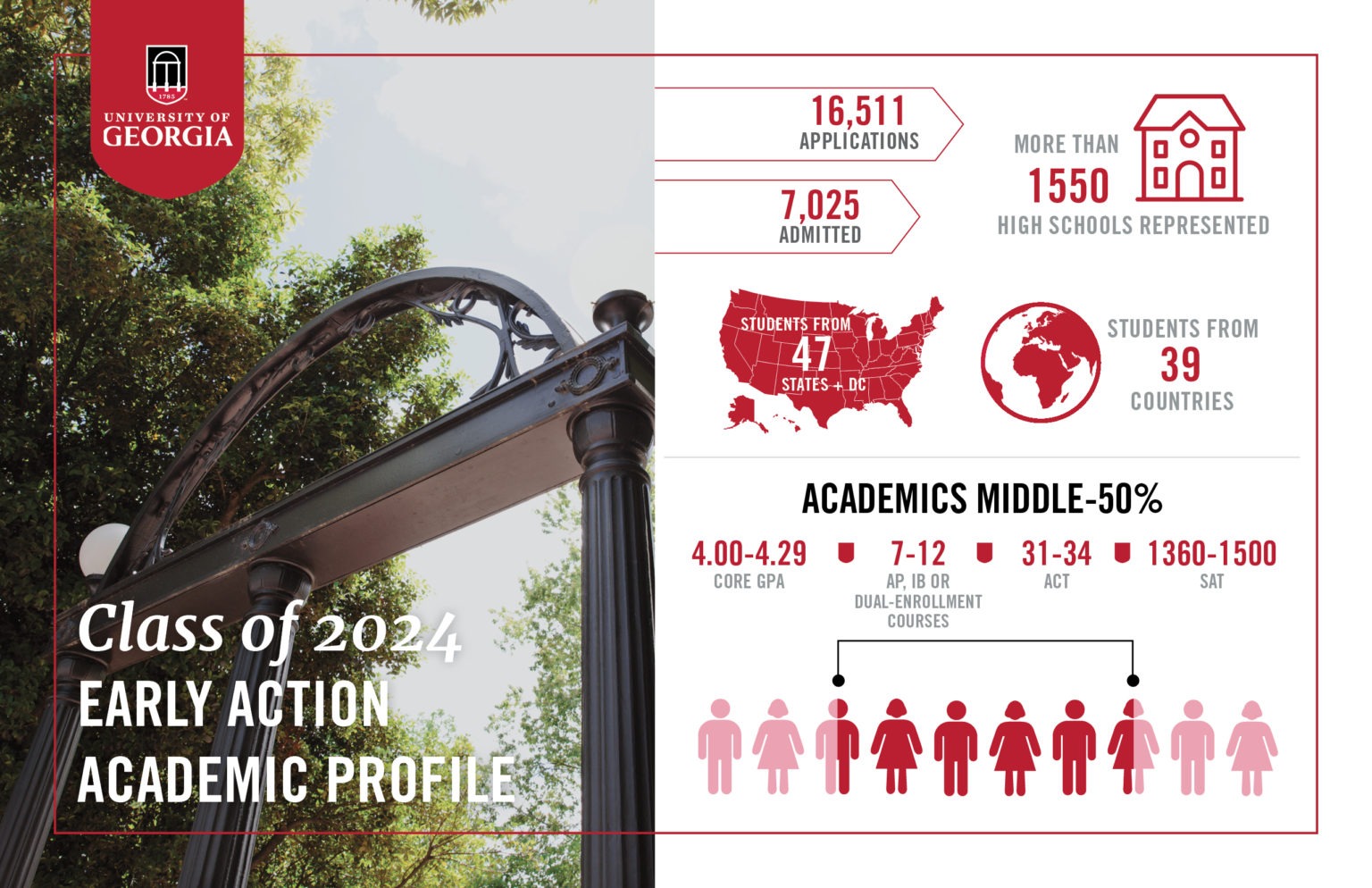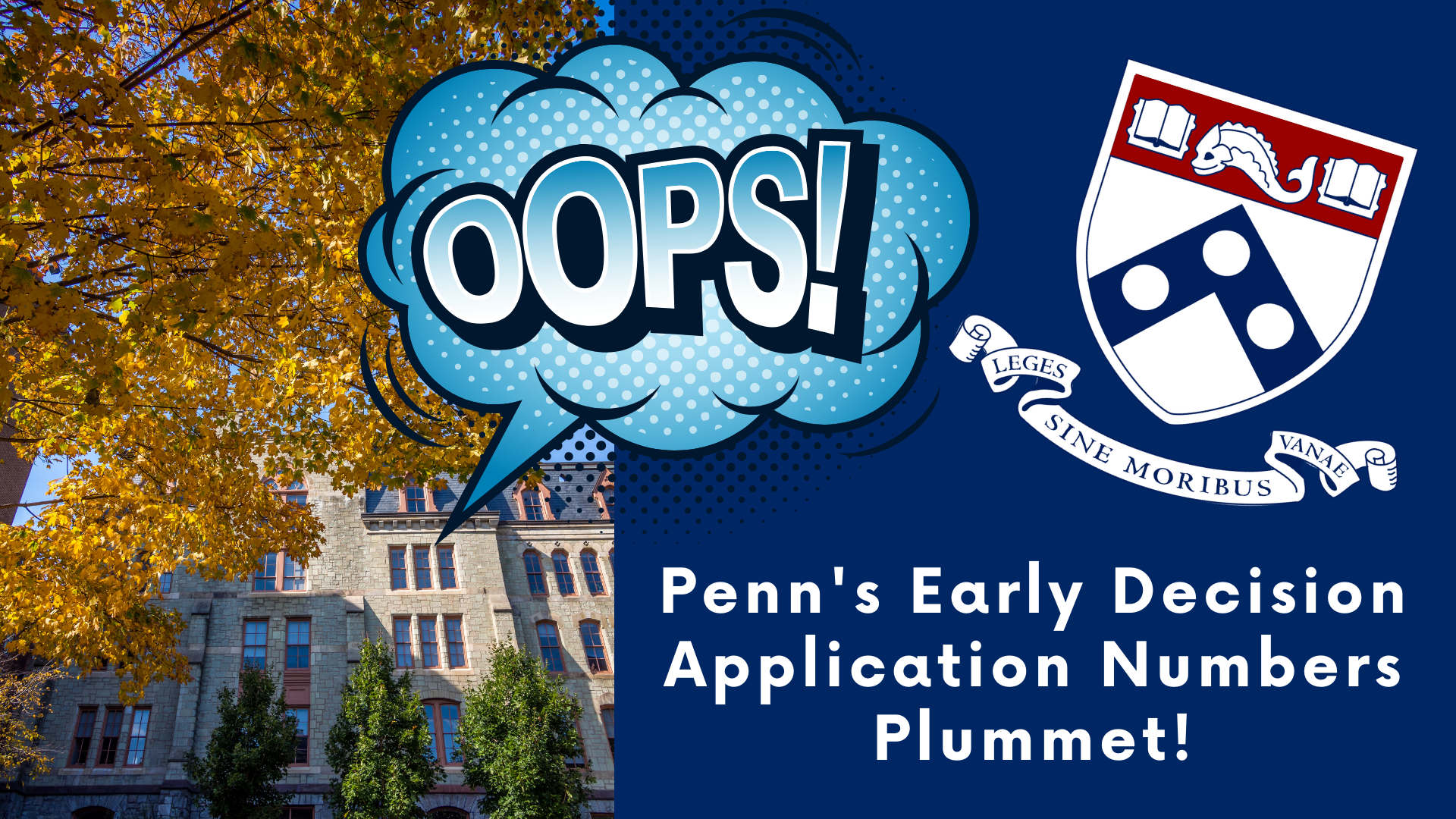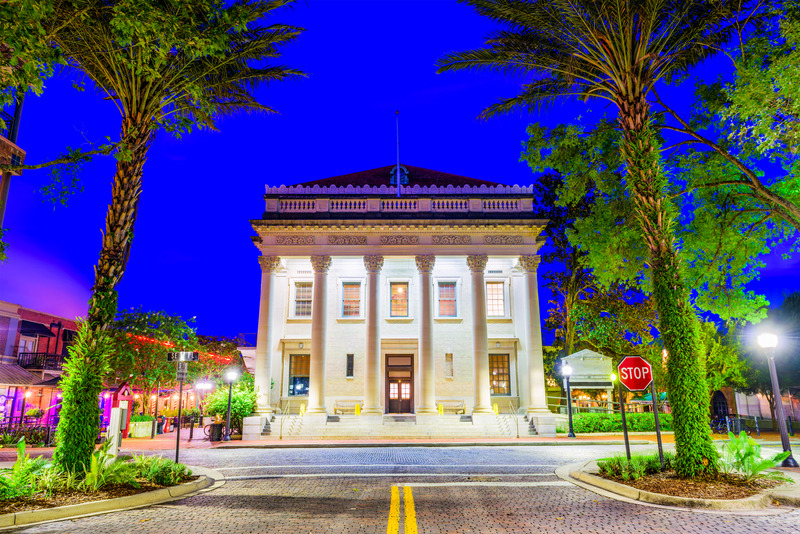
With Ivy League early decision and early action statistics for Fall 2019 slowly but surely coming into focus, a trend is becoming clear: overall demand for venerable “elite” colleges and universities is on the wane, and in the process, “elite” American colleges are becoming ever so slightly less selective than they very recently were.
In addition to Penn, which earlier this fall revealed that it experienced a plunge in Early Decision applications, Harvard is reporting a higher acceptance rate for this year’s early application cycle than last year’s early application cycle. Harvard’s Restrictive Early Action acceptance rate ticked up to 13.9% this fall after clocking in at 13.4 percent last year. Overall, Harvard saw a nearly eight percent drop in REA applications compared to last year. The aforementioned Penn saw its ED acceptance rate rise over one percentage point to 19.7%. Yale got roughly four percent fewer early applications this fall (which resulted in a slightly higher early acceptance rate) and Dartmouth received a whopping sixteen percent fewer ED applications this fall compared to last year (and this was after many years of year-on-year increases in apps).
Princeton is suddenly shy about reporting its Single-Choice Early Action acceptance rate (and even the total number of early applicants); though basic online research shows that Princeton accepted 791 students this fall compared to 743 last fall – at minimum an increase in raw numbers of accepted students if not an increase in acceptance rate (TBD). Yet, it’s always wise to watch what these colleges do report in their press releases versus what they don’t. The omissions tell the tale. Columbia still hasn’t reported out any stats for this year’s admissions cycle. Outside of the Ivy League, other colleges with traditionally Ivy-level acceptance rates are also uncharacteristically demure and uncommunicative this December on the topic of their ED and EA application numbers and acceptance rates.
Meanwhile, Cornell’s Early Decision acceptance rate rose to 23.8 this year from 22.6 last year and was one of two Ivies that received more ED applications this year than last year. The biggest outlier so far this cycle, Brown University, which has always had a looser association with academic quality and accepting students based on academic merit (as opposed to immutable characteristics) compared to other Ivies, saw its ED acceptance rate fall to a new low while also receiving eight percent more ED apps this year compared to last year. Did Brown applicants not experience the California wildfires?! LOL…not at the wildfires; at that ridiculous line of reasoning. Will Ivy League admissions deans contrive to blame Russian interference next?
While it has clearly become de rigueur in “smart” circles to blame Fall 2019’s drop in early application numbers on California wildfires or changing high school demographics, more likely explanations exist by exploring the pervasive ridiculousness of the current college admissions process at America’s most selective institutions and the increasing skepticism many have about the value of what passes for higher education these days relative to the costs. According to Gallup, 51% of U.S. adults now consider a college education to be “very important,” down from 70% in 2013. Don’t expect Ivy League admissions deans to meaningfully engage in conversation on this topic.
It certainly doesn’t bode well for demand for American higher education generally when even a college like Harvard, which doesn’t depend on the vile racket that is the student loan-debt slavery industry, can’t squeeze out a lower acceptance rate year on year. Marketing can only take these hedge funds that dabble in play school (and major in network-building) so far. Demand is simply dropping and demand is likely to continue to fall until these schools tap new markets by changing admissions requirements (lowering them) by some chicanery like removing their SAT-ACT requirements or eventually just turning the whole thing into a literal lottery through which students only have to submit their names, addresses, and demographics in order to have a shot at admission. How far these selective schools will go in their race to the bottom regarding objective student academic/intellectual qualifications remains to be seen.
Alternatively, “selective” colleges could reform their education or pricing models; yet, you can bet that these institutions will tinker or outright disassemble their current admissions models before they touch the holy grail of actual education reform within their walls in order to make their value propositions to students/families more attractive. Though, pricing reform is certainly doable for the richest of these institutions (the Harvards and Yales of the world could offer free tuition for all undergraduates to drive up demand – for at least a few admissions cycles).
All in all, some sort of major reform or change will come from the drop in demand for an Ivy education. What this reform or change will look like remains to be seen. One thing is certain: those who run the Ivies like to be in control…of at least the narrative; therefore, whatever changes are made will be undertaken in an effort to spin the public on these institutions’ continued relevance and trend-setting reputations in polite society. Stay tuned.
 So, all in, there were 7,025 admits, approximately 6,800 deferred, roughly 2,100 denied, and slightly over 300 incomplete.
So, all in, there were 7,025 admits, approximately 6,800 deferred, roughly 2,100 denied, and slightly over 300 incomplete.




 December 14, 2019 Note: The below article is about the 2018-2019 admissions cycle. The only information yet published out of St. Louis about the 2019-2020 admissions cycle is that Wash U. has accepted 708 students Early Decision I (EDI). Check this space for more information about the Wash U. 2019-2020 admissions cycle as we have it. If Wash U. follows trends from the Ivies, and if its lack of any major press release to date is any indication,
December 14, 2019 Note: The below article is about the 2018-2019 admissions cycle. The only information yet published out of St. Louis about the 2019-2020 admissions cycle is that Wash U. has accepted 708 students Early Decision I (EDI). Check this space for more information about the Wash U. 2019-2020 admissions cycle as we have it. If Wash U. follows trends from the Ivies, and if its lack of any major press release to date is any indication, 
